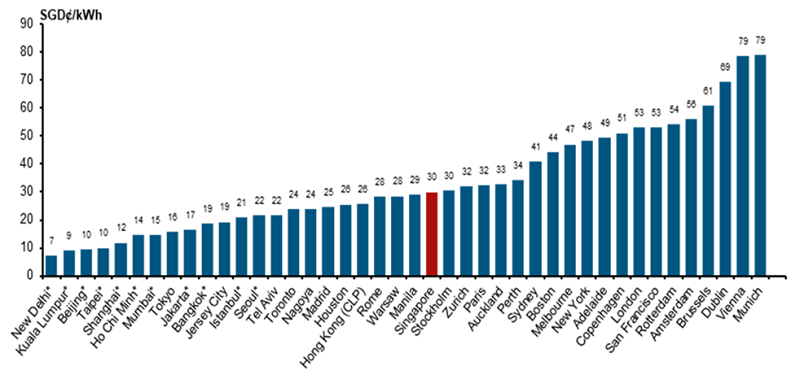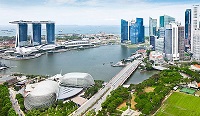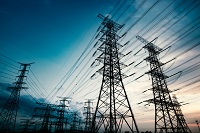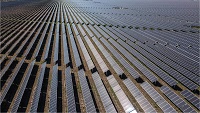- About EMA
- Our Energy Story
- Consumer Information
- Regulations & Licences
- News & Events
- Partnerships
About EMA
Who We Are
Learn about EMA’s leadership, milestones and accomplishments.
Join Us
Explore the career, scholarship and internship opportunities available in EMA.
Our Energy Story
Overview
Learn how the Singapore Energy Story charts the path to a net-zero future.
Energy Supply
Gain insights into the Four Switches powering Singapore towards a cleaner energy future.
Energy Demand
Discover ways to enhance energy efficiency and lower your carbon footprint.
Energy Grid
Explore how EMA ensures a reliable and secure energy supply for everyone.
Energy Market Landscape
Learn about the intricacies of Singapore’s energy market structure and operations.
Consumer Information
Electricity
Get tips on buying electricity and protecting your family from electrical hazards.
Gas
Learn about purchasing gas and safeguarding your family against gas hazards.
Solar
Access information on installing solar panels at your home and selling excess electricity to the national grid.
Regulations & Licences
Regulations
Stay up-to-date with the latest regulations, policies and frameworks governing the energy sector.
Licences
Learn about the licences that EMA issues to different stakeholders in the energy sector.
Regulatory Publications
Read about the Codes of Practice and Circulars that EMA publishes to regulate the energy sector.
Partnerships
Calls for Proposal
Collaborate with EMA in co-creating innovative solutions for the energy sector.
Consultations
Give your comments and feedback on EMA’s policies and regulations.
R&D Engagements
Discover how EMA works with stakeholders to catalyse new and innovative digital technologies.
Talent Development
Learn about EMA’s efforts in nurturing talent and cultivate interest in the energy sector.
eSERVICES
Get quick access to EMA’s services for application of worker licences, scholarships and more.
Government officials will NEVER ask you to transfer money or disclose bank log-in details over a phone call. Call the 24/7 ScamShield Helpline at 1799 if unsure. For more information on how to protect yourself against scams, please visit www.scamshield.gov.sg.
The regulated tariff is set to reflect the actual cost of electricity production.
Overview
Currently, all residential consumers are eligible to buy electricity at the regulated tariff.
For the period from October to December 2025, the tariff rate is 27.55 cents/kWh (without GST), or 30.03 cents/kWh (with GST). Please visit SP Group’s website for the historical electricity tariff rates.
Understanding the Tariff
The regulated tariff comprises mainly two cost components: fuel cost and non-fuel cost.
Fuel Cost
This is calculated using the average of daily natural gas prices in the first two-and-a-half-month period in the preceding quarter. For example, the average natural gas price between April and June is used to set the tariff for July to September. This helps to smoothen out any large swings in the oil markets.
In Singapore, electricity is produced using mainly imported natural gas which is tied to oil prices by commercial contracts. This practice is similar to that practised in other markets in Asia for natural gas contracts.
Non-fuel Cost
This component reflects the cost of generating and delivering electricity to consumers. It includes the following cost components:
- Network Costs (paid to SP PowerAssets)
This is to recover the cost of transporting electricity through the power grid.
- Market Support Services Fee (paid to SP Services)
This is to recover the costs of billing and meter reading, data management, retail market systems as well as for market development initiatives.
- Market Administration and Power System Operation Fees (paid to Energy Market Company and Power System Operator respectively)
These fees are to recover the costs of operating the power system and the wholesale electricity market.
- Power Generation Cost (paid to power generation companies)
This covers mainly the costs of operating the power stations, such as manpower and maintenance costs as well as the capital costs of the stations.
Pricing of Electricity
When pricing electricity, we believe in reflecting its true cost to discourage wasteful consumption.
EMA commissions benchmarking studies which have shown that our regulated electricity tariff for residential consumers is comparable to that of similar cities around the world.

Source: The Lantau Group, (based on electricity prices in 2023)
Switching to Regulated Tariff
All residential consumers are able to switch from other electricity purchase options to the regulated tariff. Please follow these steps to do so.
For non-residential consumers, only those with an average monthly consumption of below 4 MWh can switch from other electricity purchase options to the regulated tariff. This is because they do not have the same bargaining power as larger consumers do and can only depend on the regulated tariff as their fallback option. Please follow these steps to do so.















